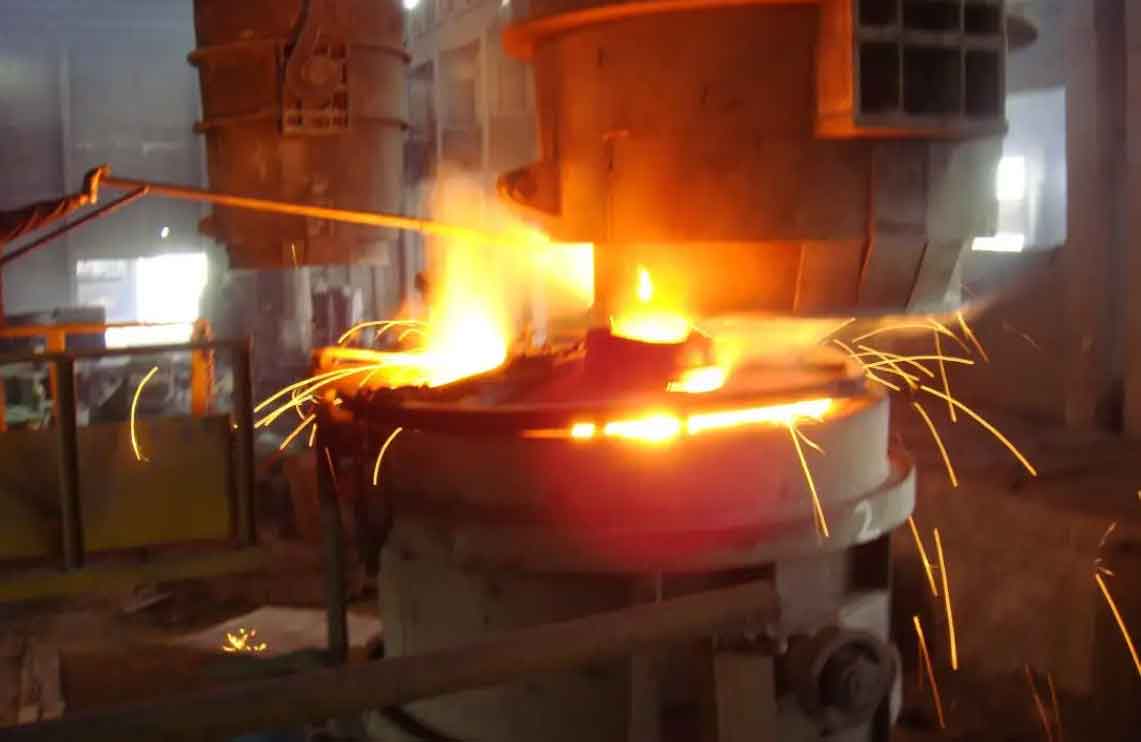
As early as 1940, computer technology had just started. Victor paschkis of Columbia University in the United States put forward the analytical mathematical model of “heat and mass flow analyzer” for sand mold casting process simulation. Based on this analytical model, Victor paschkis conducted heat conduction analysis on sand mold in 1944, and many of his research results were published in the famous AFS bulletin.
In 1962, fursund of Denmark studied the influence of heat conduction in sand mold on the surface quality of steel castings, which was first published in the literature of computer simulation. For the first time, the finite difference approximation method was applied to the heat transfer calculation of solidification process, which opened up a new way for the study of solidification theory by computer numerical calculation method. In 1959, Campbell and villen Weider of General Electric Company studied the application of finite difference method (FDM) to simulate the production of large thick sand casting products, and developed a predictable solidification model in 1965. However, FDM method can not track the free surface of metal filling. Therefore, in the early 1980s, a method called volume of flow (VOF) was introduced by Hirt and Nicholas, which used the flow volume function as the main parameter to track the free surface of flow. These initial attempts made researchers realize the broad prospects and great potential of solidification simulation.
In the 1960s, someone began to use FEM to solve the steady-state and transient heat conduction problems. Among them, AFS heat transfer Committee initiated and proposed a plan to encourage more in-depth research, and researchers from the University of Michigan published some important documents; Rober pehlke and James Wilkes simulated the sand casting process and filled various materials including carbon steel, aluminum and brass alloy containing lead. The results show that the FDM method is largely affected by the thermophysical parameters of the filling medium.
In 1973, Victor Davies of Norway and others applied the FDM method to sand casting, metal mold casting and low-pressure casting when filling aluminum products. In 1974, Los Alamos Scientific Laboratory developed the computer-generated color moving picture technology. This technology uses a standard microfilm shooting device. Through the control program for a series of light filter settings, 11 composite colors are used to describe different temperature ranges, and finally strip or spot images are generated, which realizes the visualization of the casting profile of solidification simulation technology.
In the 1980s, with the improvement of computer technology, more mathematical calculation models were established. These models can simulate the filling process and liquid flow mode, predict the change of filling temperature and the influence of these factors on casting quality. In the early 1980s, the assumption of instantaneous filling was applied to a certain extent. In the late 1980s, the filling simulation technology was rapidly developed and applied to the actual production. Using the filling simulation can effectively improve the filling system, eliminate the sand casting defects caused by flow, generate an optimal temperature distribution for solidification and feeding, and improve the quality and yield of sand castings.
In the 1990s, the computer numerical simulation technology of sand casting process was further promoted, and the microstructure simulation was developed. It not only has a deeper impact on metallurgy, but also can predict the mechanical properties of sand casting. Soon after that, people realized the process of molten metal liquid flowing between the growing dendrite arms through convection and diffusion simulation. In the late 1990s, the simulation study of stress and deformation was more conducive to controlling the distortion and deformation of sand casting, reducing residual stress, eliminating hot cracks and cracks to the maximum extent, reducing mold deformation, and improving the service life of the mold.
At the beginning of the 21st century, the development of three-dimensional numerical simulation software abroad has tended to be perfect. Due to the rapid development of computer technology, numerical simulation has been unprecedentedly researched and developed. Various commercial software of sand casting has been widely used in actual production and achieved good results. This is largely due to the popularity of high-performance computers and the maturity and perfection of sand casting theory and model. The solidification simulation of sand casting is gradually changing from the heat transfer model to the comprehensive model of heat and mass transfer and flow. The mold filling simulation of liquid metal has become a front topic.
